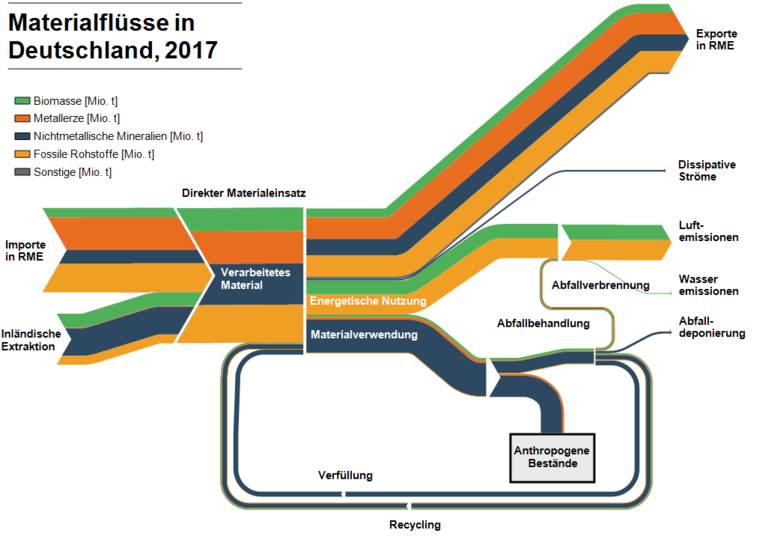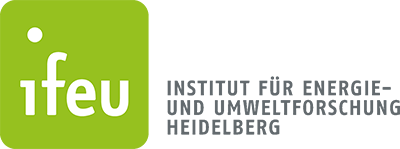Sekundärrohstoffeinsatz in Deutschland

The material prosperity, we live in today, is based on the intensive use of raw materials. The extraction, processing, use and disposal of raw materials causes a series of negative impacts on the environment. The growing global population and the increasing level of consumption aggravate the demand for raw materials and the associated environmental impacts. The multiple use of raw materials generally causes significantly less environmental pollution over the life cycle and also reduces the pressure on natural raw material reserves. Against this background, the increased use of secondary raw materials to substitute primary raw materials is an important strategy for reducing environmental impacts from the use of raw materials.
This project focuses on the investigation of different indicators to measure the use of secondary raw materials. The aim is to identify suitable indicators that can be used as political guidelines to accelerate the transformation towards a circular economy. The first step gives an overview of different indicators for measuring the use of secondary raw materials and shows in detail how differently the recycling of products, raw materials and waste can be measured.
In the second step, an in-depth look at the circular material use rate is taken. The status quo and possible increase potentials for Germany are calculated and analyzed. In addition to the technically possible increase potentials, the effects of the energy transition on raw material consumption and the interaction of many factors on the circular material use rate are also considered.
Finally, the substitution rate and the conditions under which it is suitable as a standard indicator for measuring progress in the circular economy are examined in the third working package. By developing and using a catalogue of criteria, it is analyzed whether a substitution rate for selected materials, sectors, product groups and products to promote circular economy is feasible. Furthermore, the suitability and design of a substitution rate is examined at the macroeconomic level. Finally, the main findings and recommendations are formulated.
Runtime
September 2020 – December 2020
Client
NABU – Naturschutzbund Deutschland
